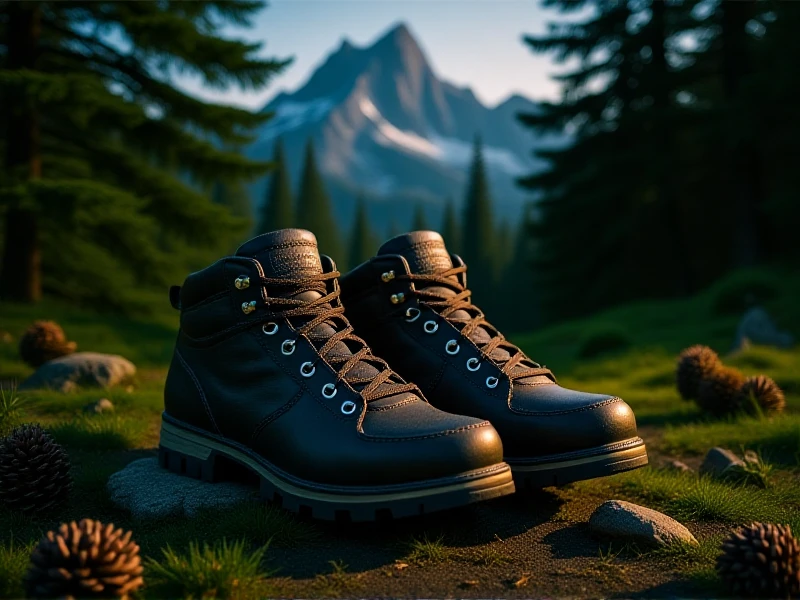
Light Up the Trails: Your Guide to Choosing the Best Hiking Boots for Any Adventure
Imagine you've found the perfect trail – stunning vistas, fresh air, the pure joy of exploration. Now, what's essential for turning that dream hike into reality? The right pair of hiking boots. They're more than footwear; they're your foundation for safety, comfort, and performance on every step. Choosing wisely makes all the difference.
Why the Right Hiking Boots Matter Slip into poorly-fitting boots, and blisters, ankle rolls, or sheer exhaustion can derail your adventure. The best hiking boots, properly fitted, provide critical ankle support on uneven terrain, protect your feet from rocks and roots, and offer stability. They keep your feet dry during stream crossings and surprise downpours while ensuring breathability to minimize sweat buildup. Ultimately, they directly influence how far you can go and how much you enjoy the journey.
Finding Your Perfect Boot: Key Considerations
-
Understand Your Terrain: Match the boot to the trail.
- Day Hikes (Lightweight Trail Shoes/Boots): Focused on comfort for well-maintained trails. Prioritize flexibility, breathability, and low weight.
- Rugged Trails & Multi-Day Treks (Mid-cut Boots): Essential for ankle support on uneven ground and medium loads. Look for robust hiking boots with durable soles and reinforced uppers.
- Off-Trail & Heavy Loads (High-cut Mountaineering Boots): Maximum stability and support for technical terrain or carrying significant weight. Stiffer soles offer precision on rock and snow.
-
Prioritize Fit Above ALL Else: This is non-negotiable.
- Shop in the Afternoon: Feet naturally swell during the day.
- Wear Hiking Socks: Bring the socks you plan to hike in.
- Check Space: Wiggle room at the toes (about a thumbnail's width), snug but not tight heel hold, no significant pressure points.
- Walk Incline/Decline: Test toe bumping on uphill, heel slippage on downhill.
-
Decoding Construction & Materials:
- Upper: Full-grain leather offers durability and water resistance but can be heavy. Split-grain leather or synthetic fabrics (nylon, polyester) are lighter and more breathable, often combined with leather for balance. Mesh enhances breathability.
- Waterproofing: Membranes like Gore-Tex® are crucial for wet/cold hikes but add weight and slightly reduce breathability. For arid trails or high breathability needs, non-waterproof options exist. The right hiking boots depend on typical conditions.
- Midsole: EVA foam provides cushioning; polyurethane offers firmer support and longevity.
- Outsole: Vibram® rubber is renowned for superior traction and durability. Look for deep, multi-directional lugs for grip on varied surfaces. A stiff shank enhances stability on rocky terrain.
-
Essential Features:
- Aggressive Traction: A quality sole is paramount for safety on loose dirt, mud, rock, and wet surfaces.
- Secure Lacing System: Allows precise adjustment for a locked-in fit.
- Cushioned Insole or Footbed: Enhances comfort mile after mile.
Boot Care = Boot Longevity Protect your investment! Clean off mud and debris after hikes. Use specialized products to condition leather regularly to prevent drying and cracking. Allow boots to air dry naturally, away from direct heat. Proper storage prolongs their life.
Step Out With Confidence Investing time in selecting the perfect hiking boots tailored to your adventures and feet is essential. Forget soreness and instability. Experience the trails the way they’re meant to be enjoyed: supported, protected, and focused on the beauty around you. The right hiking boots empower every step of your next exploration. Find your ultimate trail partner today!